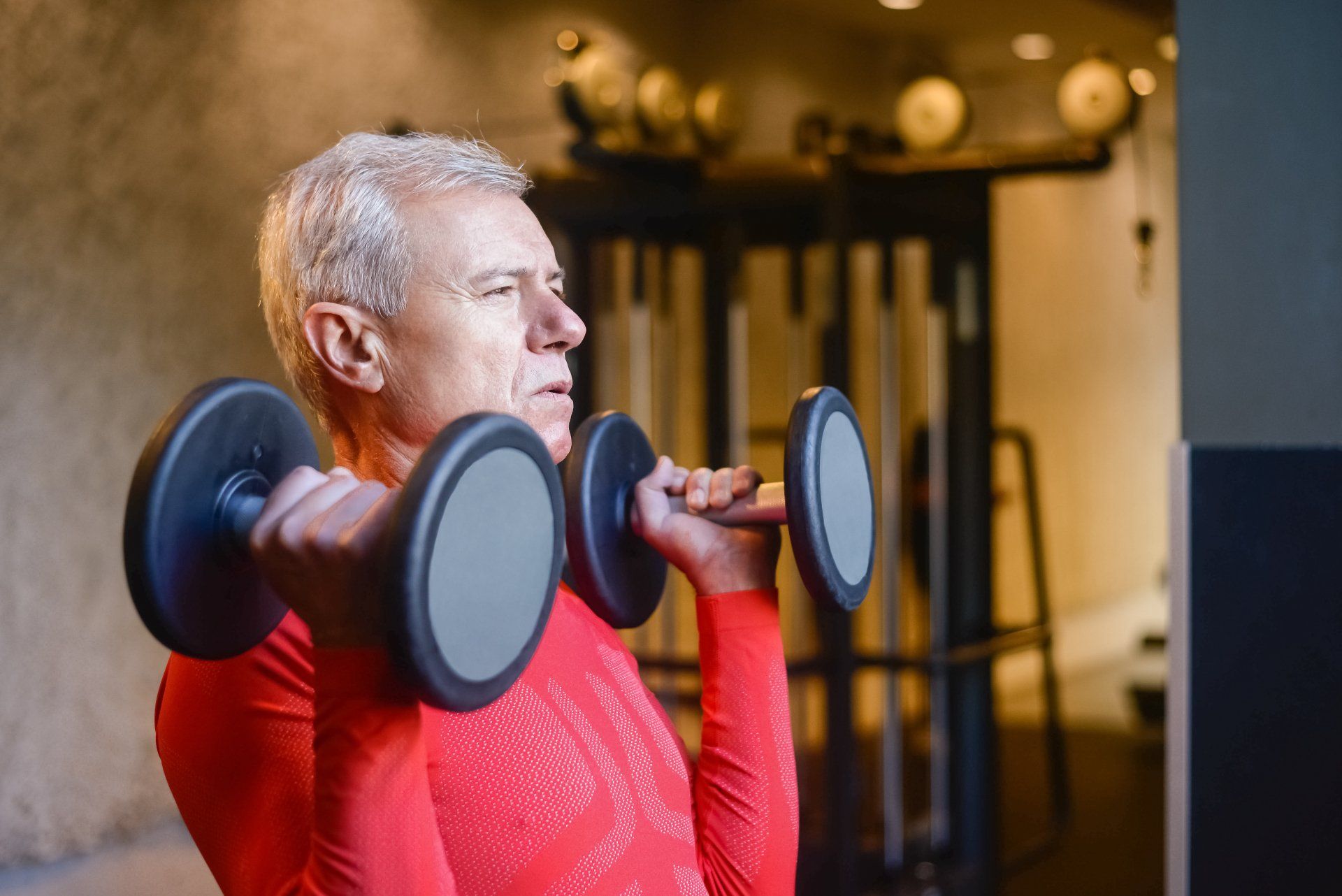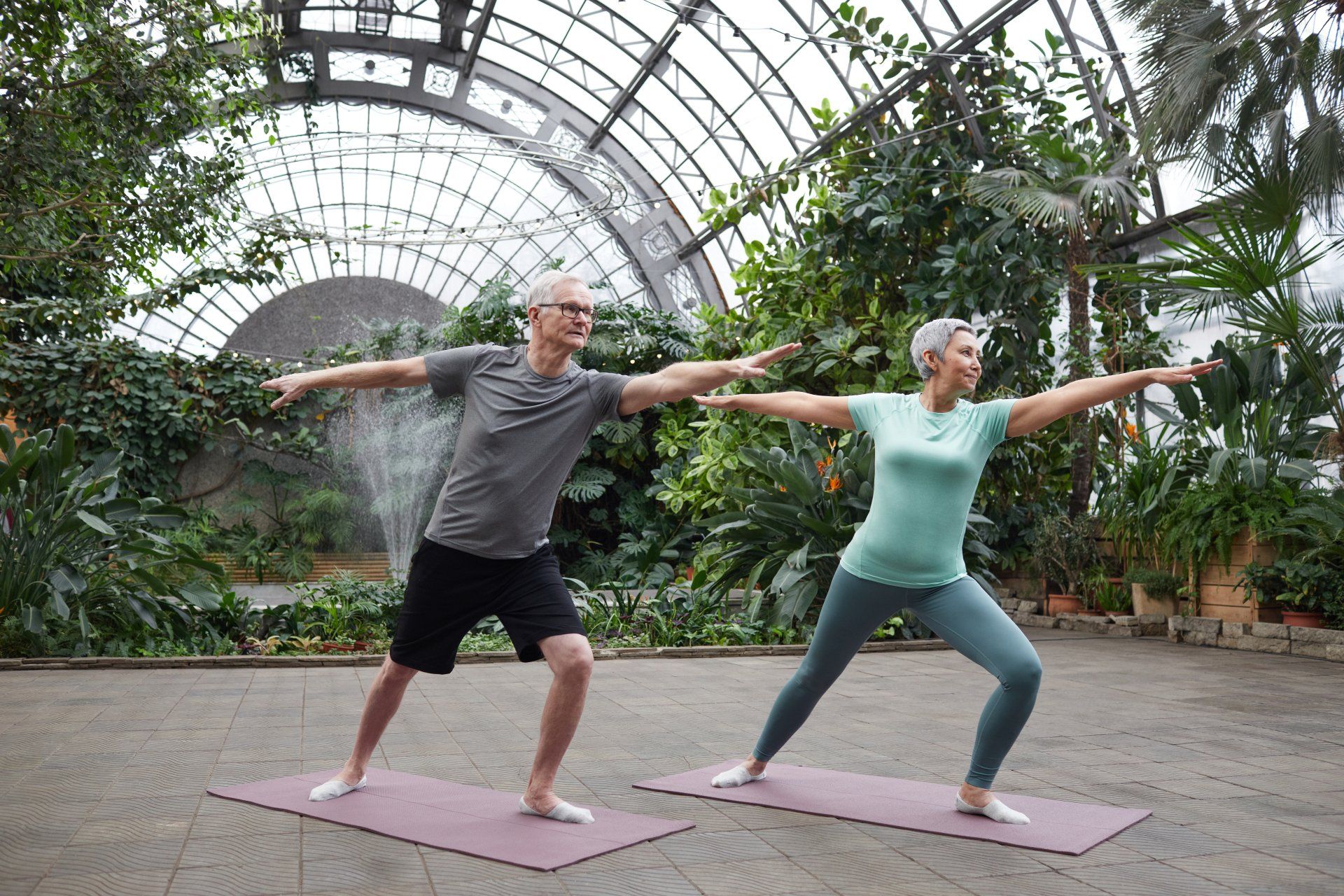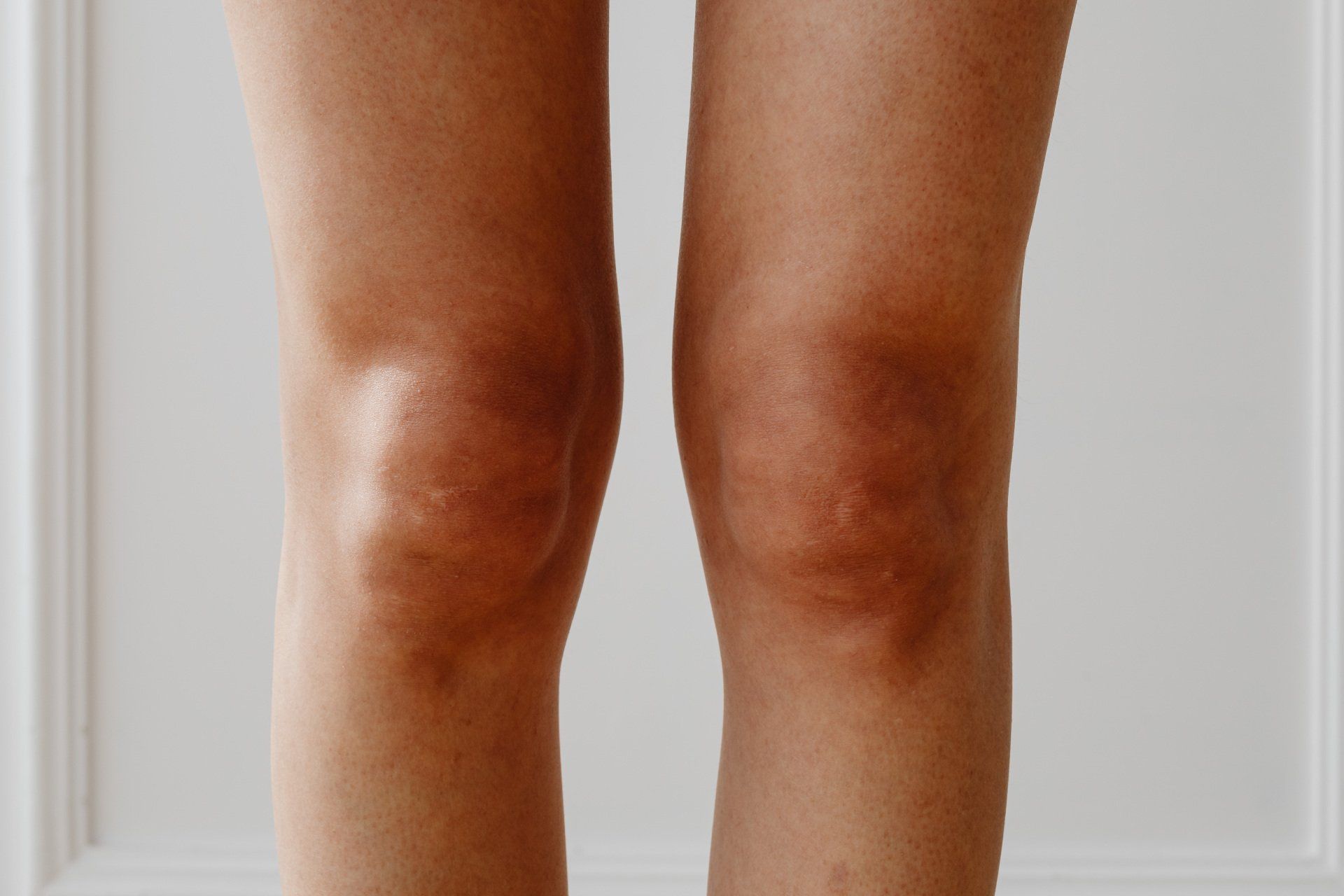Stretching and Warming up: what you need to know.
There are three general types of exercises: exercises to strengthen muscles, exercises to stretch muscles and tendons; exercises to improve endurance. Strengthening is an active excercise of muscle. That is, work is done by the muscle and this results in an increase in the size and number of the fibers that make up a muscle.
Stretching, on the other hand, is a passive exercise of muscle. That is, something is done to the muscle. Stretching is most important after exercise. At that time muscles which have been working have shortened. Stretching lengthens the muscle, restoring the muscle to its full resting length and preventing adhesions from forming with the muscle in a shortened position.
For most people vigorous stretching before exercising is not a good idea. Stretching really can’t accomplish much when muscles are cold. There is some evidence that vigorous stretching done before competition can actually diminish athletic performance since stretching can temporarily interfere with the ability of muscle to react quickly and contract forcefully. Most important, vigorous stretching can actually produce damage to muscle fibers.
Warming up involves muscles contracting and doing work. Warming up before an exercise activity is important. To warm up, an activity should begin at level that is “easy”. A runner, for example, about to run several miles, might simply start the run slowly, waiting until muscles are warm and used to working before making a strenuous effort.
Passive stretching should be done after exercise. Even routine activities involve physical work, such as walking around or standing or even sitting at a desk. At the end of a day muscles may be sore from being used and stiff from not being moved. Stretching at the end of the day makes sense.
Warm up by beginning the activity slowly.
(Passive) stretching after exercise and at the end of the day.
Your comments would be welcomed





